This fair cup is blue glazed with hand-painted hydrangea on it. The shape of the fair cup follows traditional aesthetic design elements, with a classic unique shape.
Earn points when you:
$26.99
This fair cup is blue glazed with hand-painted hydrangea on it. The shape of the fair cup follows traditional aesthetic design elements, with a classic unique shape.
| Colour | |
|---|---|
| Origin | |
| Material | |
| Craft | Green Glaze, Hand Painted |
| Capacity | 200ml |
| Height | 9cm |
| Rim Diameter | 9cm |
| Base Diameter | 5.9cm |
Show only reviews in English (0)
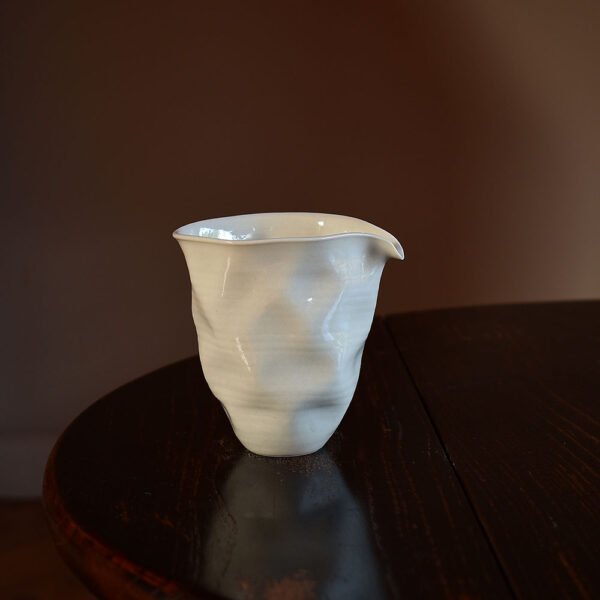

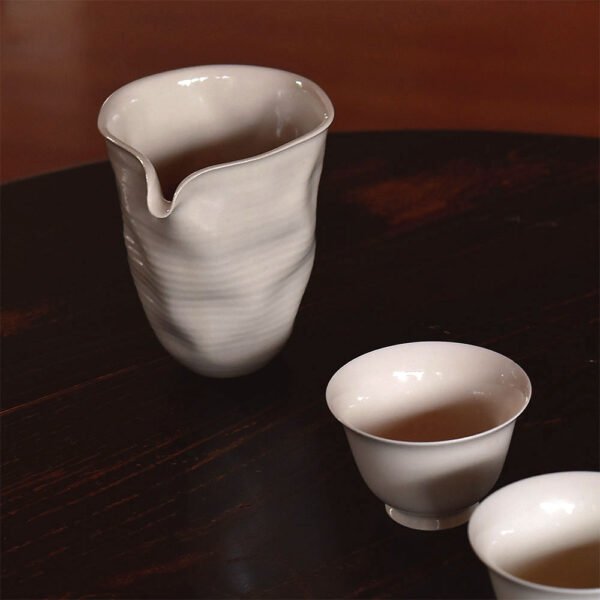

This fair cup has been wood ash glazed which gives it an earthy and organic feature. This glaze is often made by collecting the ash from burnt wood and mixing it with clay, creating a natural and rustic finish.
The unique shape created by the hand-pinching process gives the fair cup an individual character and charm. Each piece would be slightly different, with its own organic curves, asymmetries, and irregularities. These variations would make it even more special and add to its natural beauty.
Its natural and earthy appearance would evoke a sense of calmness and harmony, making it the perfect vessel for enjoying a warm cup of tea.
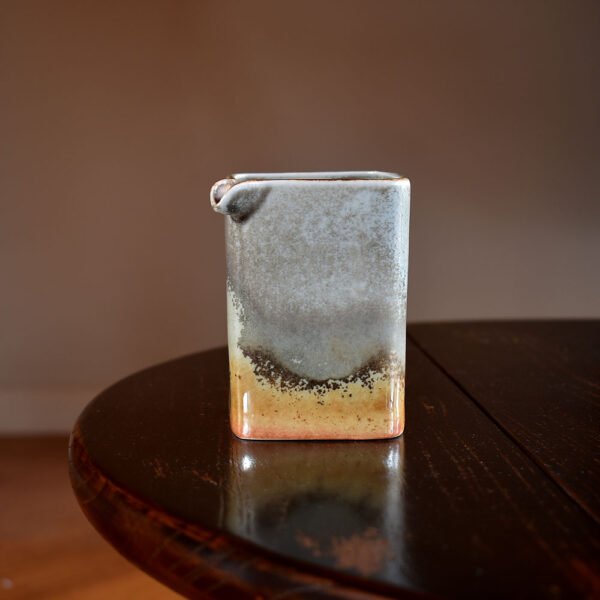

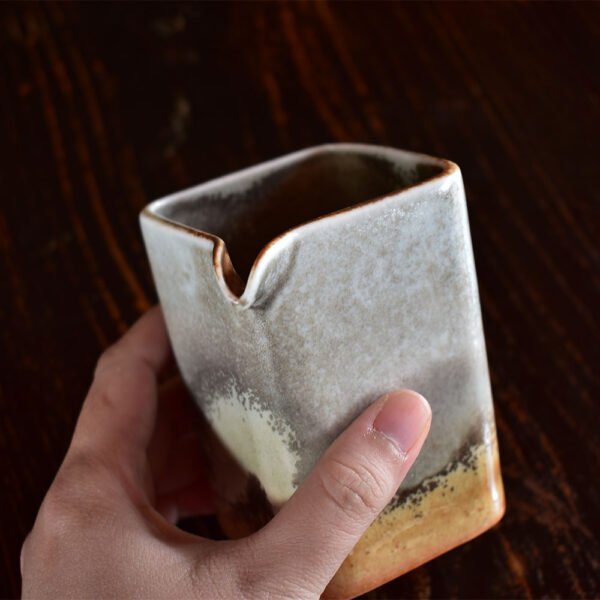

This fair cup is baked with firewood and is made by both kiln-fired glaze variations and cracked glaze craft. Each one is unique and made by hand, with no two being exactly alike.
The square and simple shape of the cup allows for smooth pouring. The unique cracked glaze technique used creates beautiful patterns on the cup’s surface. Over time as it is soaked with tea soup, resulting variations in the pattern make each piece truly outstanding and add more enjoyment to the tea-drinking experience.
Attention:
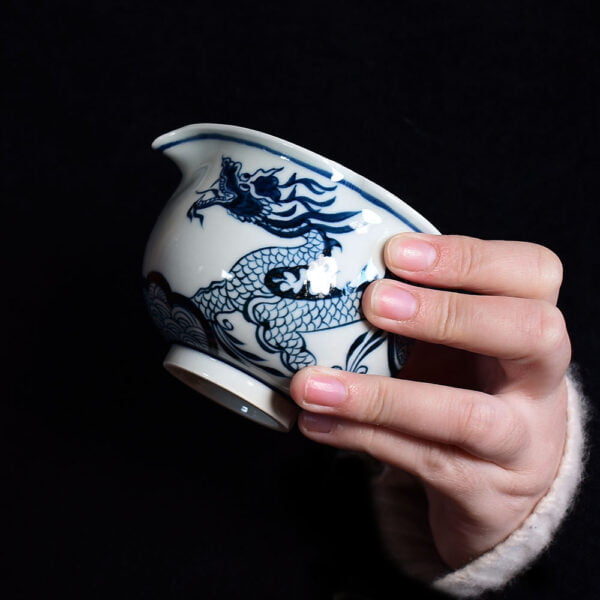

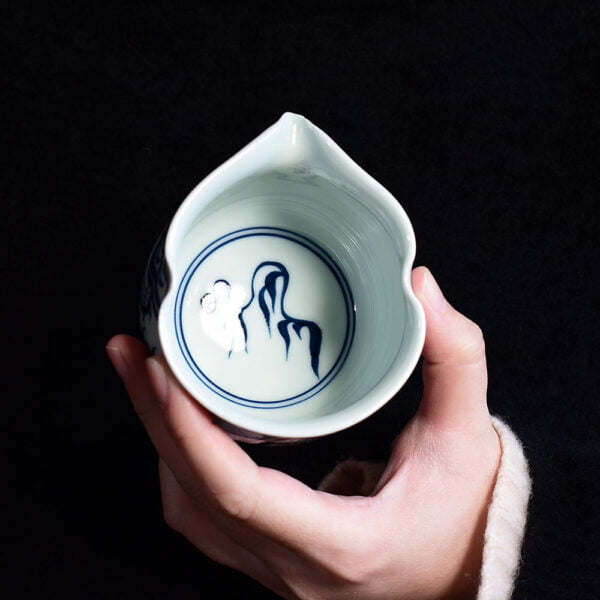

In Chinese culture, the dragon is a very important symbol and totem with rich symbolism. Firstly, the dragon is one of the most sacred, authoritative, and noble images in ancient Chinese culture. It is the incarnation of the gods of heaven, earth, and water, representing supreme authority and divine power. Secondly, the dragon is considered a symbol of good luck in Chinese culture. As it has the special power to control rainfall, it is also seen as the protector of agriculture, representing a bountiful harvest and prosperity. Additionally, the dragon has many other symbolic meanings, such as longevity, authority, success, courage, and wisdom. In traditional Chinese culture, the dragon is a noble, mysterious, and awe-inspiring image, representing people’s yearning for the unknown and the spirit of exploration.
This fair cup is made in the style of the Yuan dynasty blue and white porcelain, completely handmade and hand-painted. The blue and white dragon pattern is vivid, showcasing ancient cultural and aesthetic values, allowing people to immerse themselves in a beautiful artistic atmosphere while enjoying their tea.
For Yuan blue and white porcelain refers to the blue and white porcelain produced during the Yuan dynasty (1271-1368) in China. The Yuan dynasty was an important period in the history of Chinese porcelain and one of the peaks of Chinese porcelain art. As one of the representatives of that era, Yuan blue and white porcelain exhibited unique artistic styles and technical levels. The characteristic of Yuan blue and white is the use of cobalt blue pigment for painting, which is made of cobalt oxide. After firing, the colour is bright and rich, with an extremely high decorative effect. Yuan blue and white porcelain has various shapes, thick and heavy, concise, and fluent lines, and stable and solemn shapes, all made exquisitely.
The evolution of Yuan blue and white is based on the foundation of the Tang and Song celadon. Firstly, the glaze colour was improved and innovated. Unique white glaze, eggshell glaze, and blue-white glaze were invented to make the glaze crystal clear. Cobalt pigment was imported for glaze colouring. Or using pigment made from domestic materials.
The formation of tin spots on Yuan blue and white is due to the high content of iron elements in local parts of the blue pigment. After reaching saturation in the high-temperature glaze solution and cooling down, the iron elements in the supersaturated part start to precipitate. If the iron content of the blue pigment is higher and the cooling rate is appropriate, tin spots are more likely to appear on the surface of the ware.
In addition to firing and materials, the formation of tin spots also involves the factor of glaze material. During the painting process, tin spots can also be formed due to the accumulation of blue pigment. Tin spots are more likely to appear on the surface of the ware at the intersections and the starting and ending points of brushstrokes. The formation of tin spots can be said to be a natural creation or an artificial decoration.
This fair cup has a thick body and uses the Su Ma Li Qing glaze material (a kind of blue pigment), with a heavy sense of tin spots, revealing a unique charm of the past era. The entire production process is completed by hand, and every detail has been carefully designed and polished, giving this teacup a unique artistic charm. The blue and white dragon pattern is vivid, showcasing ancient cultural and aesthetic values, allowing people to immerse themselves in a beautiful artistic atmosphere while enjoying their tea.
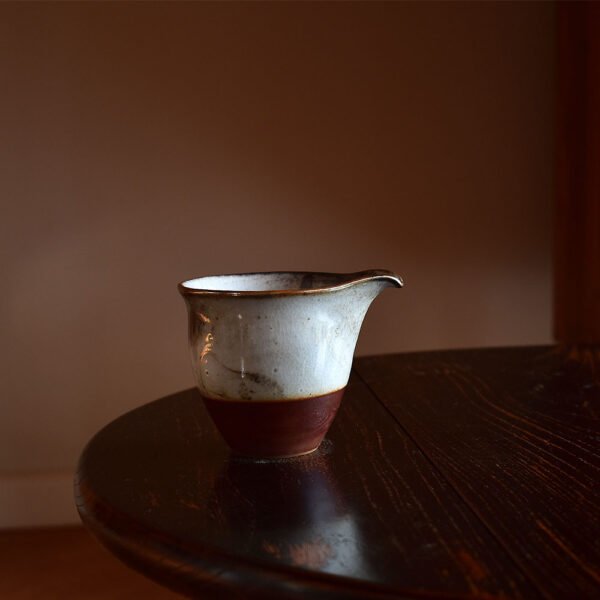

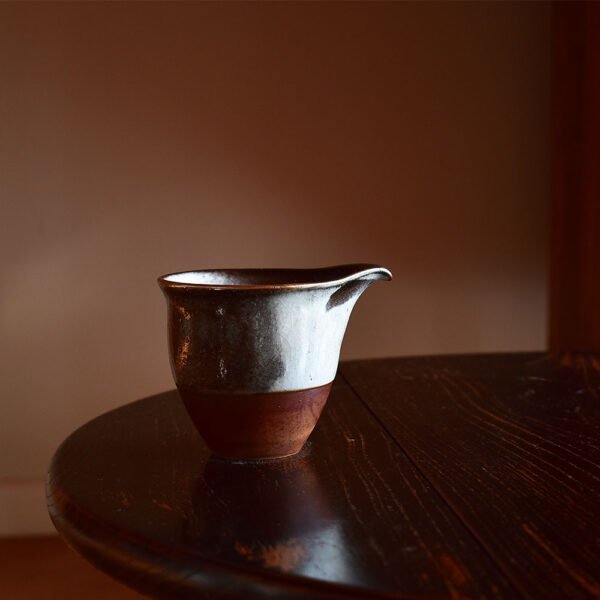

This fair cup was baked with firewood and was made of both kiln-fired glaze variations and coloured & cracked glaze craft. Each one is unique and handmade – no two being exactly alike.
The overall design of this fair cup is simple and unsophisticated. The unique cracked glaze technique used creates beautiful patterns on the cup’s surface. Over time as it is soaked with tea soup, then resulting variations in the pattern make each piece truly outstanding and add more enjoyment to the tea-drinking experience.
Attention:
Earn points when you:
*Leave us a review on ProductReview and let us know by emailing admin@heychina.com.au. One reward only per order.
Redeem points during checkout:


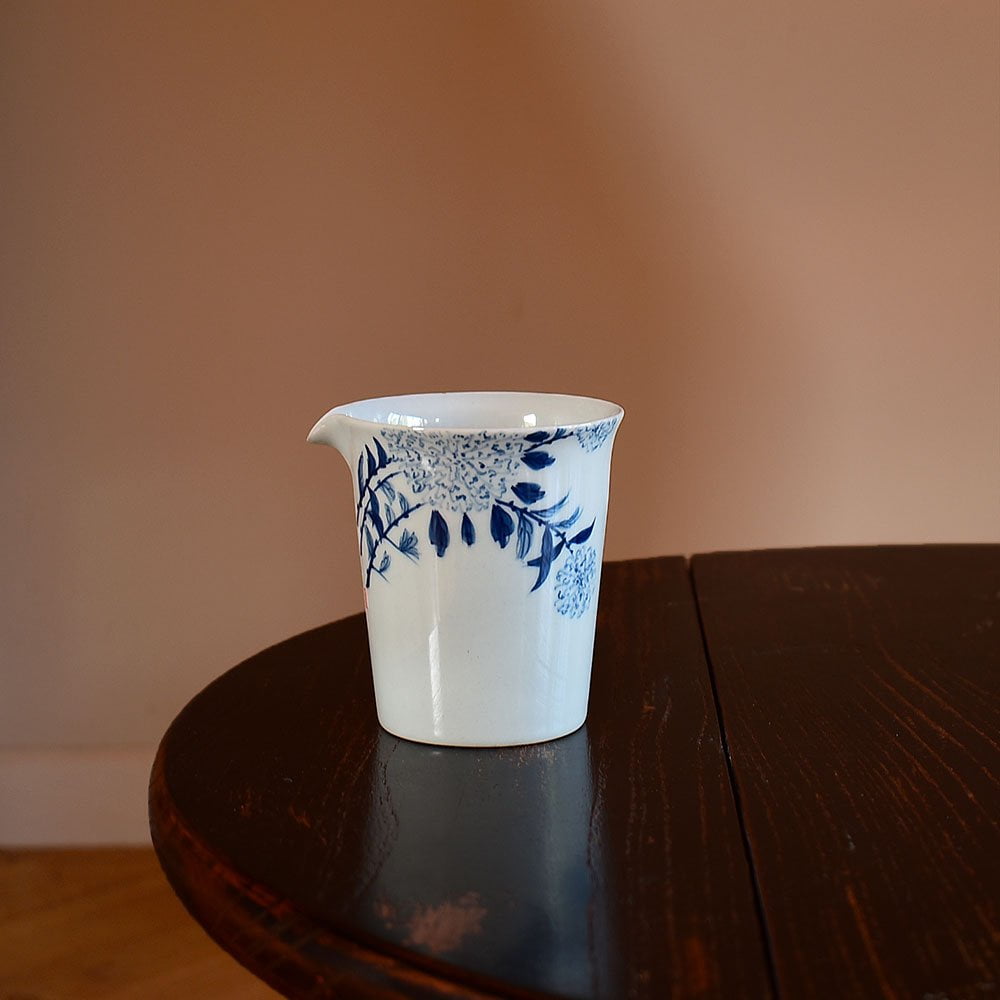
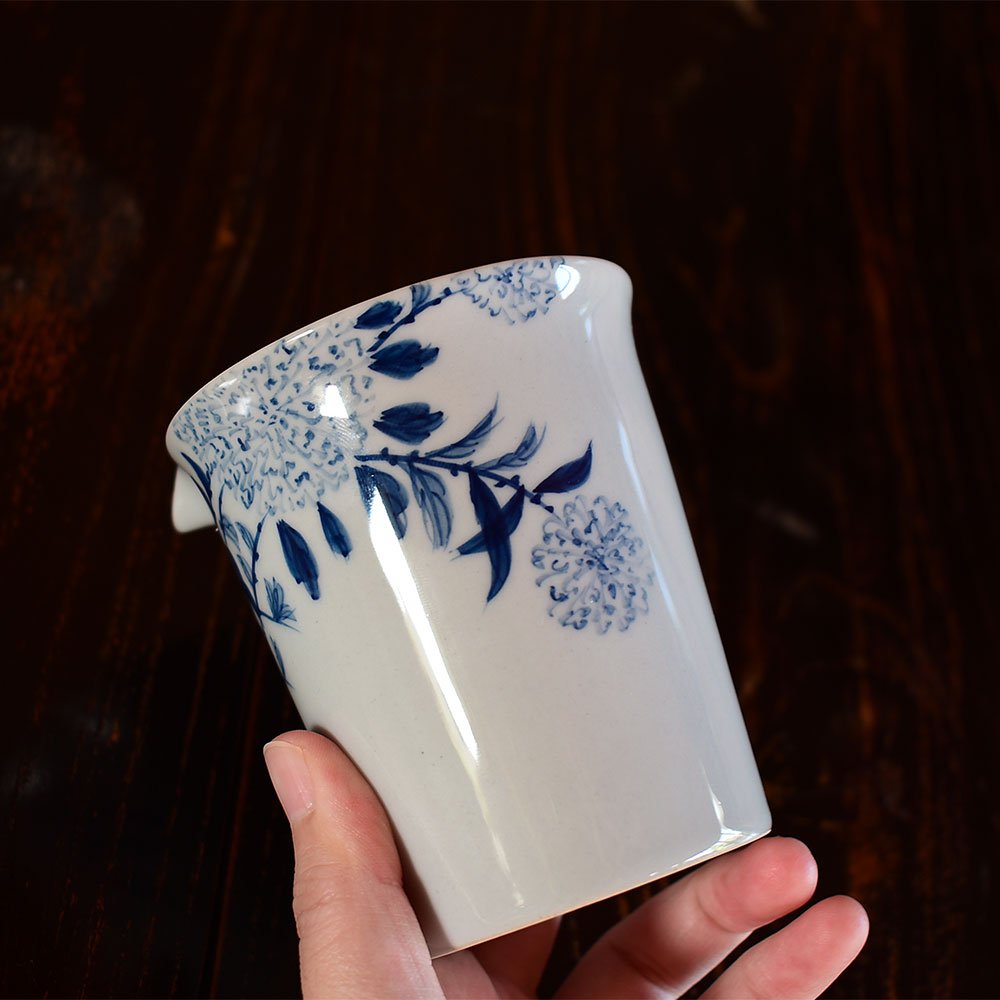

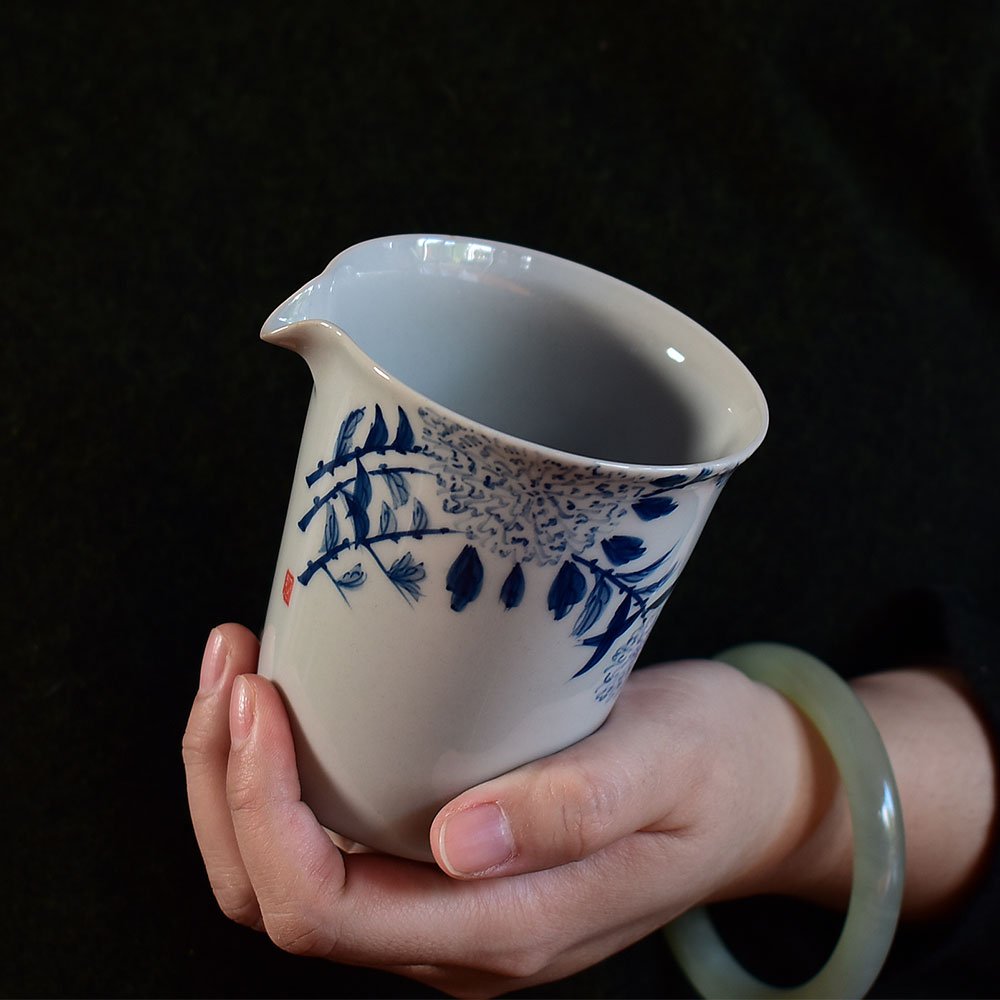
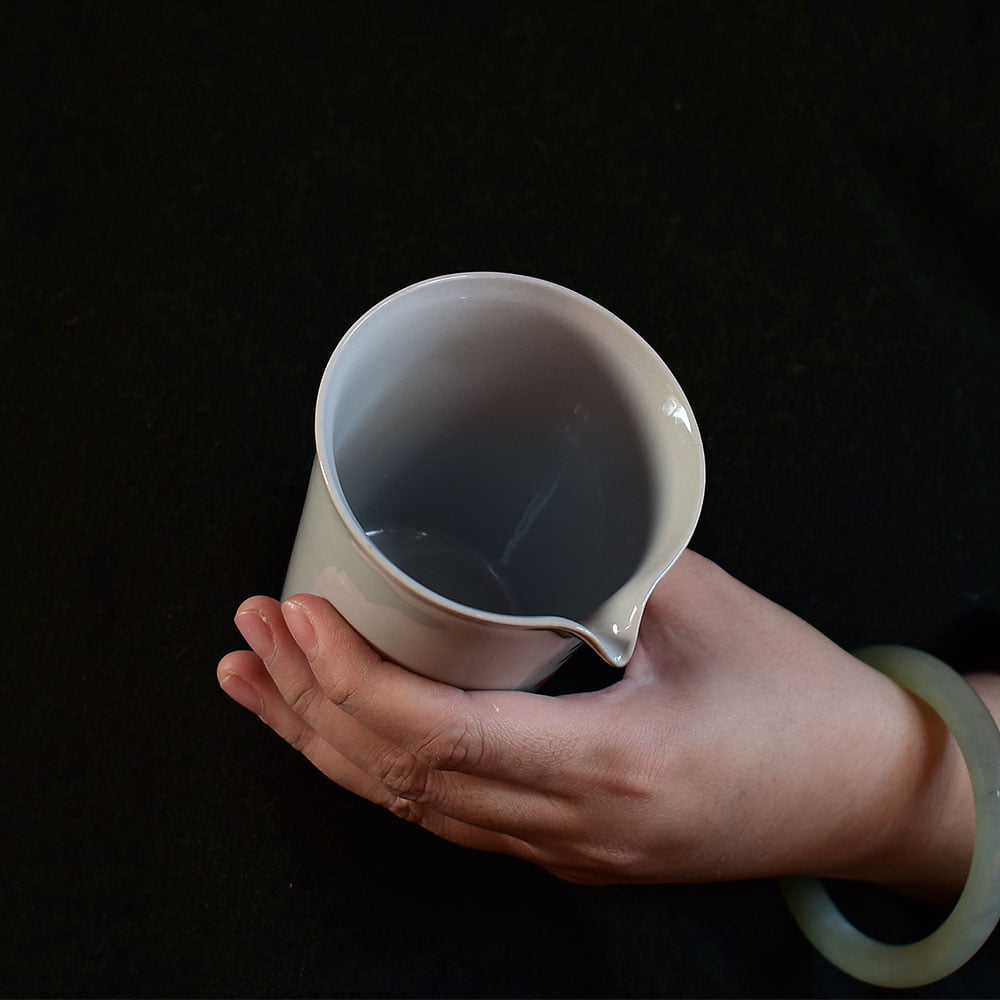
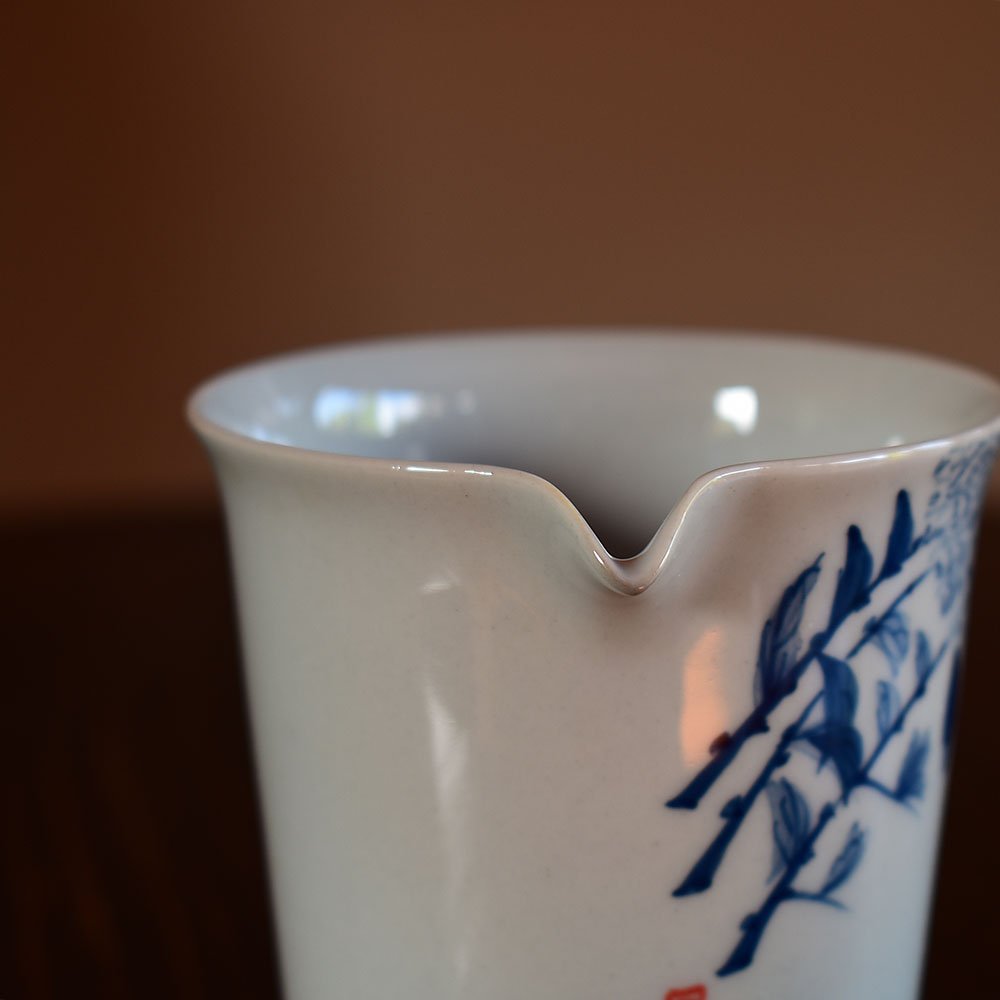
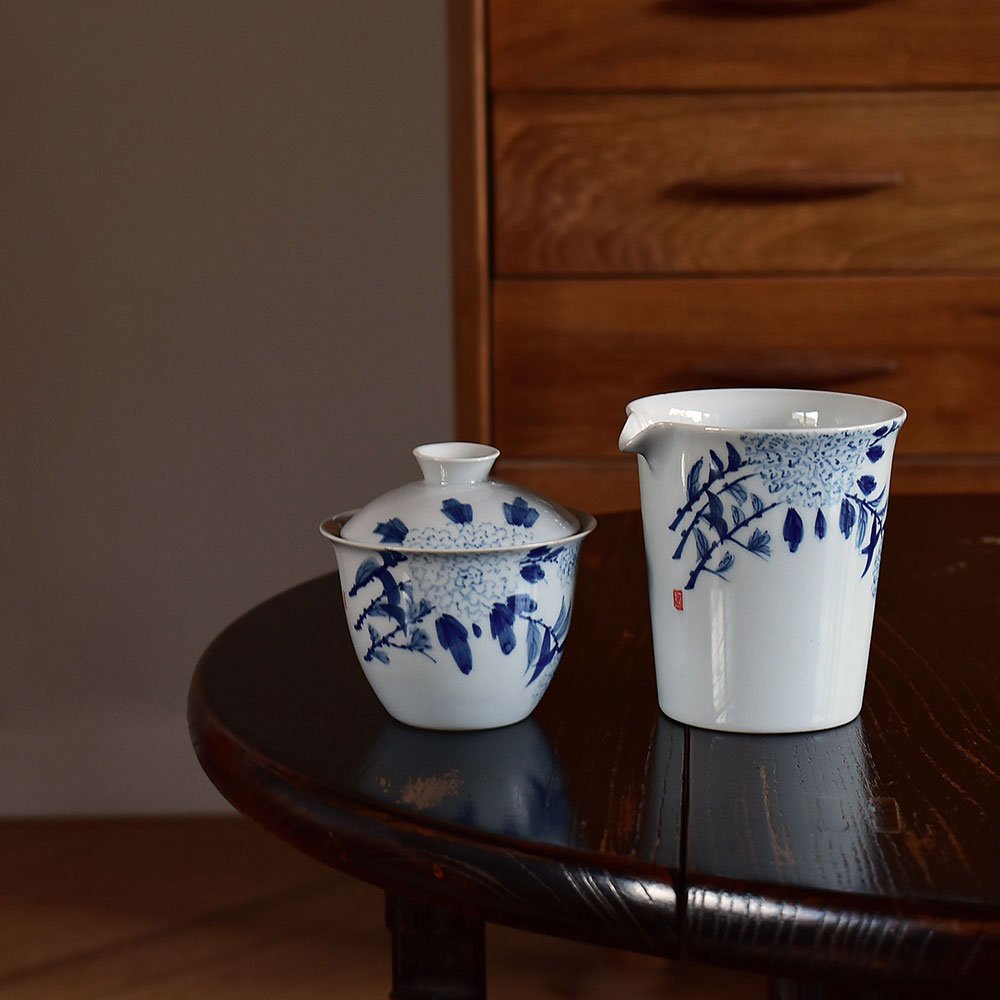

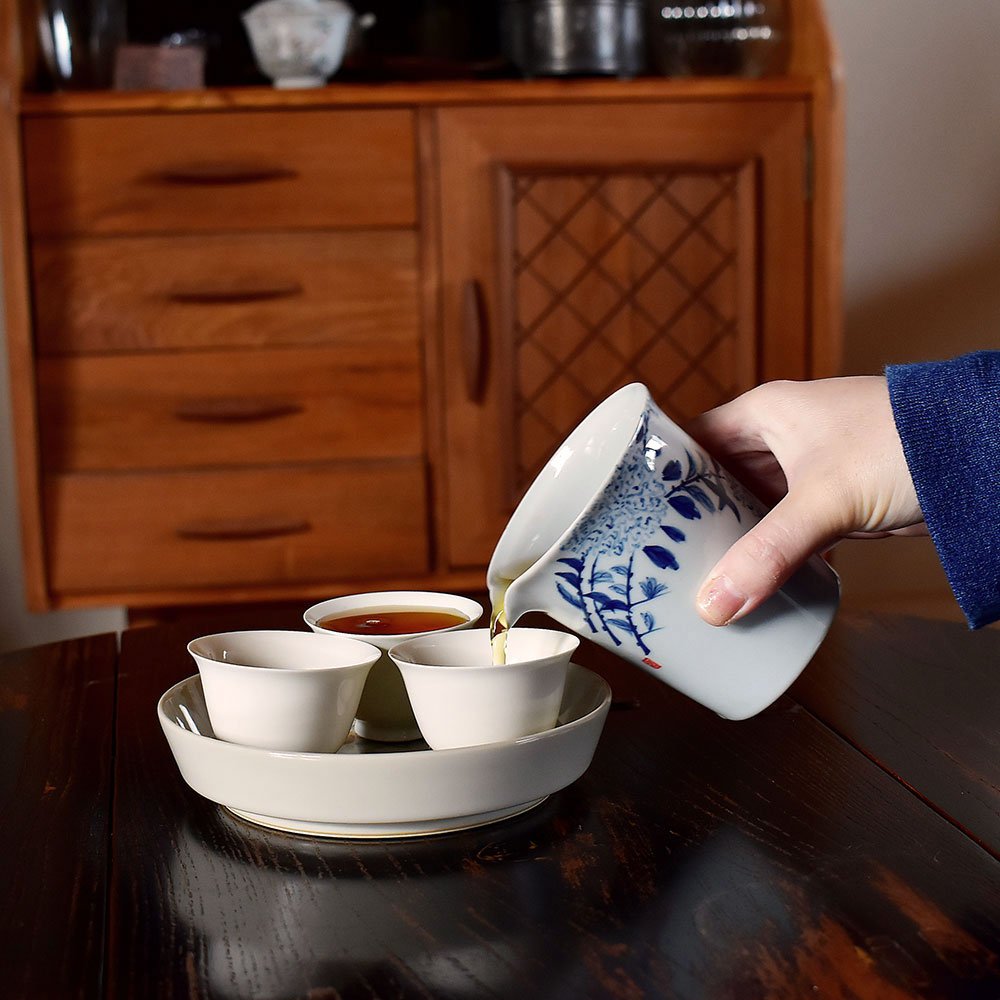
There are no reviews yet.